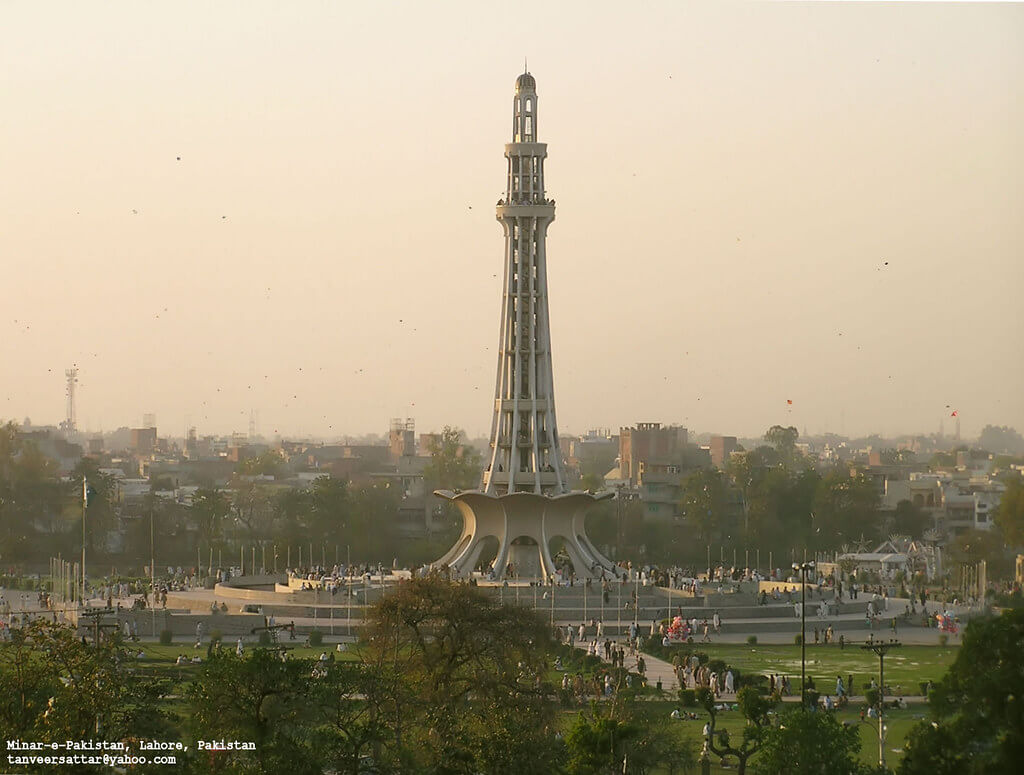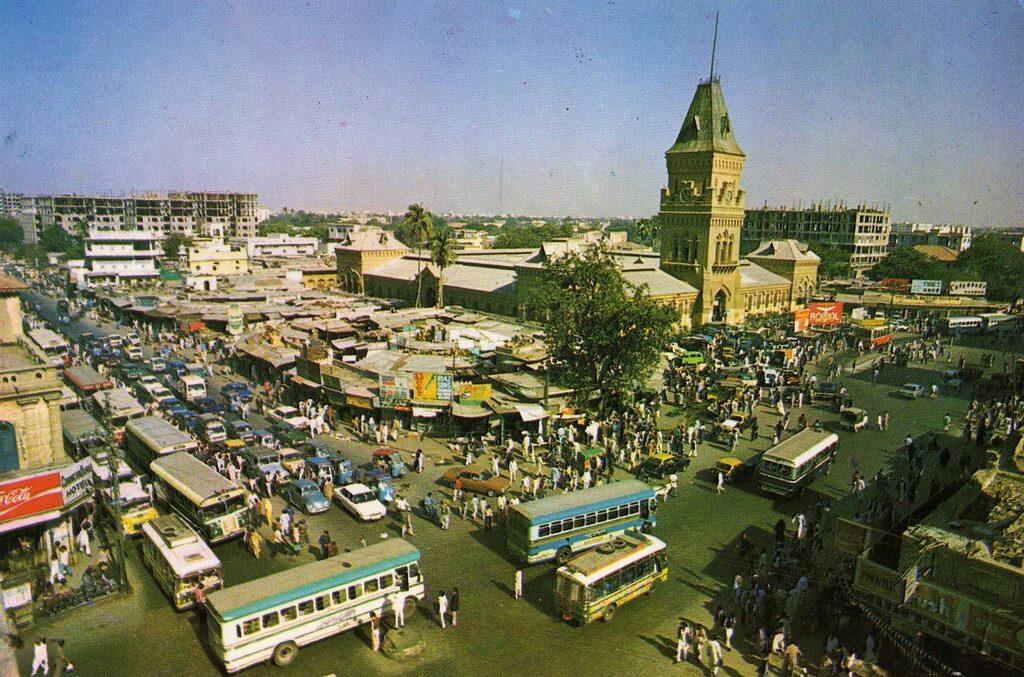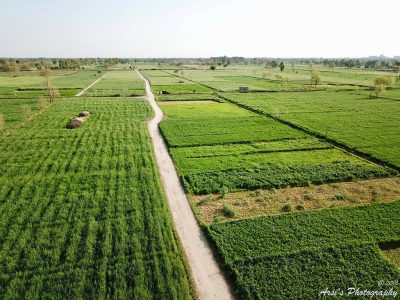Southern Pakistan: Journey Through The Indus Valley
Southern Pakistan: Journey through the Indus Valley: Pakistan, enigmatic, edgy, and intriguing, frequently generates headlines for all the wrong reasons. It is, however, a colorful and contrast-filled region that offers the adventurous tourist a remarkable depth of culture, tradition, and natural beauty.
This extraordinary adventure travels through the Indus Valley, from Sufi graves and desert strongholds to bustling bazaars and colorful cities as we travel from Karachi's streets deep into Punjab.
Itinerary
The Itinerary for Southern Pakistan: Journey Through The Indus Valley is noticeable below
Day 02: Drive to Hyderabad City
We'll leave Karachi after breakfast this morning and head to Hyderabad. The drive takes us through the UNESCO World Heritage Site of Makli Hill, which is home to one of the world's largest necropolises, and the Shah Jahan Mosque in Thatta, which was erected during the golden age of Mughal architecture. If time allows, we can also visit the Chaukhandi tombs and the ancient port city of Bhanbore.
Day 03: Drive to Larkana
The trip continues from Hyderabad via the northwestern areas of Sindh province to the historic city of Larkana. Stops along the way at the shrines of the great Sufi saints Lal Shahbaz Qalandar and Abdul Latif Bhittai allow us to learn more about these revered mystics, philosophers, and poets before continuing on to our overnight stop in Larkana, on the banks of the Indus.
Day 04: Explore Larkana and drive to Sukkur
Larkana is home to one of the ancient Indus Valley Civilisation's greatest and oldest villages. The Mohenjo-Daro (Mound of the Dead) site was abandoned as early as the 19th century BC. We will have the opportunity to see this amazing UNESCO World Heritage Site while we are here. In the afternoon, we travel to the village of Ranipur to visit the archaeological and historical landmark of Kot Diji Fort, also known as Fort Ahmadabad. The fort was strategically erected on the edge of the desert to catch any adversaries entering from the east before they could renew their supplies after a lengthy trek over the desert between 1785 and 1795 by Mir Sohrab Khan Talpur, founder of the Upper Sindh Kingdom in 1783. Our journey today concludes in Sukkur, where we may observe the spectacular Sukkur Barrage, a regional engineering marvel.
Day 05: Drive to Bahawalpur
A full day's trip north leads us to Bahawalpur, which was previously part of an independent princely state formed in 1802 by Nawab Mohammad Bahawal Khan II. The road passes through Uch Sharif, which was founded by Alexander the Great in 325 BC at the confluence of the Indus and Chenab Rivers. We stop here to see Bibi Jawindi's lovely tomb, one of five monuments in Uch village, which is now a pilgrimage center for Muslims visiting Sufi shrines. We continue our trek to Bahawalpur from here.
Day 06: Explore Bahawalpur
Following breakfast, we will journey into the Cholistan Desert's desolate regions to see the magnificent backdrop of Derawar Fort. With increased Indus irrigation, the desert has receded and been replaced by cultivated fields, which are now relatively close to the fort, which is flanked by scrubland. The castle, built by the Rajput Bhati, dominates the desert around it, with 40 towering bastions that reach more than 30 meters tall. A tour of the Bahawalpur Nawabs' royal tombs and the fort is followed by a visit to a neighboring town and a lively market before returning to Bahawalpur for a second night.
Day 07: Explore Bahawalpur then Drive to Multan
A morning trip to Bahawalpur today allows you to learn about its historic and cultural features related to the local Nawabs, as well as its modern-day local market. After leaving the city, we'll travel to Multan, which is located on the banks of the Chenab River.
Day 08: Explore Multan City
Multan (Madinat-ul-Auliya) is known as the City of the Sufis or the City of the Saints, owing to the abundance of Sufi shrines sprinkled across the city. The shrines of Shah Rukn-i-Alam, Bhahuddin Zikria, and Shams Tabriz are among the structures we will visit today. We'll also have the chance to spend some time touring the Old Bazaar.
Day 09: Drive to Lahore
The voyage continues from Multan to Punjab's capital, Lahore, the world's largest Punjabi metropolis and the country's cultural and artistic powerhouse. We'll stop along the route at the famed archaeological site of Harappa to explore the ruins of a Bronze Age fortified city with origins dating back to 2600 BC. This afternoon, we continue our journey to Lahore, a colonial city where we will spend the next three nights.
Days 10 - 11: Explore Lahore
The historic capital of both the Moghul and Sikh empires, the city also played an important role in the British administration of the Punjab. Our itinerary during the next two days includes visits to the Lahore Museum, the Badshahi Mosque, the Lahore Fort, and numerous local shrines and mosques, as well as several local shrines and mosques. In addition to visiting the historic town, we will go east to the Wagah Border to witness the dramatic flag-lowering ritual.
Day 12: The Tour comes to an end in Lahore
The journey concludes in Lahore this morning.
Holiday Overview
Beginning in Karachi, we'll have the opportunity to explore one of Pakistan's most exciting and historic cities, as well as the tombs of some of the country's most revered mystics and poets, as well as the UNESCO World Heritage ruins of Mohenjo-Daro and the imposing fortress of Derawar. We begin at Multan, the renowned Sufi City, before going on to Lahore, the cultural heart of the Punjab. The second largest city in Pakistan after Karachi, it provides a backdrop of the medieval walled city as well as the bustle and commotion of one of the country's most active towns, where we encounter historic and religious reminders of the Moghul, Sikh, and British Empires.



